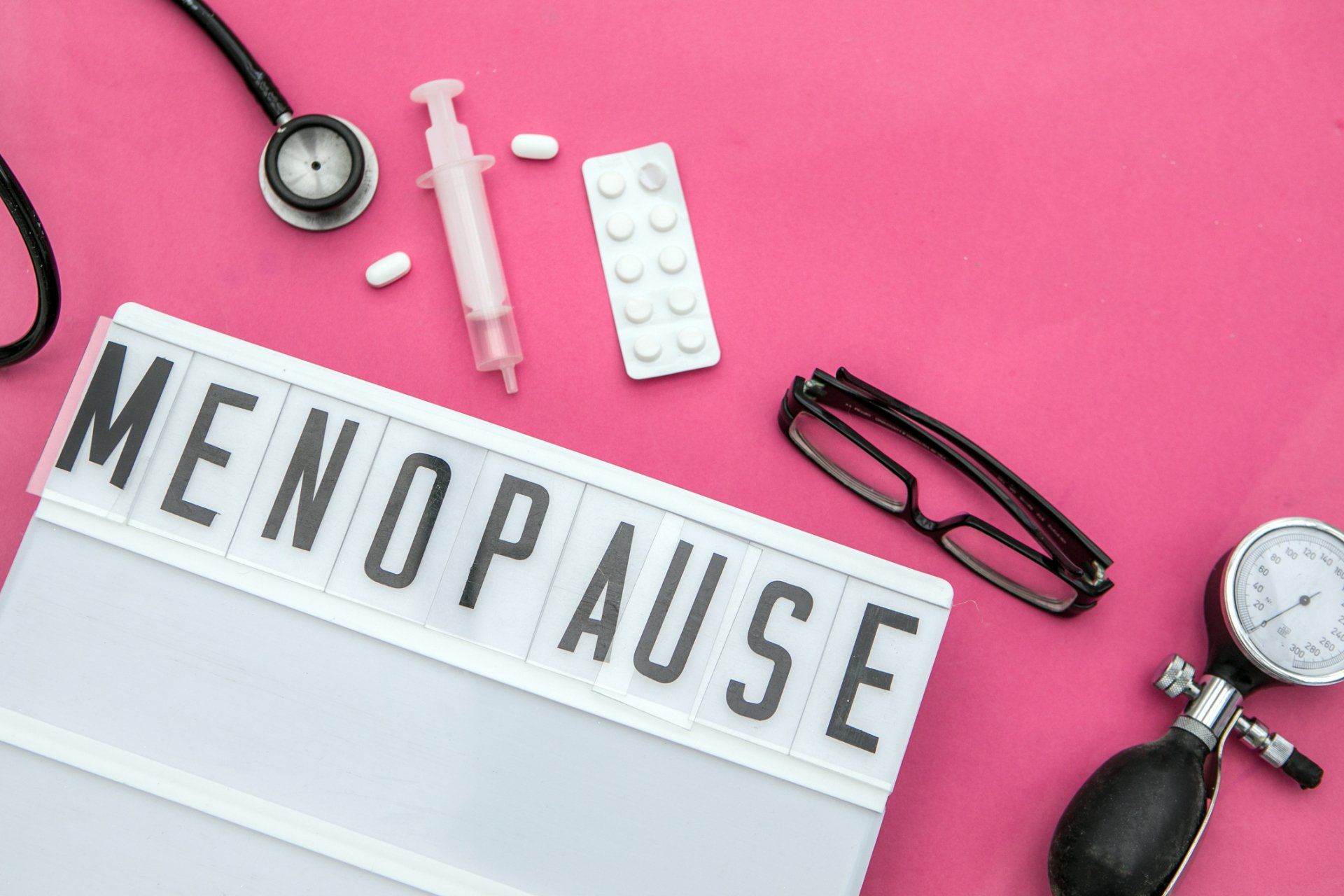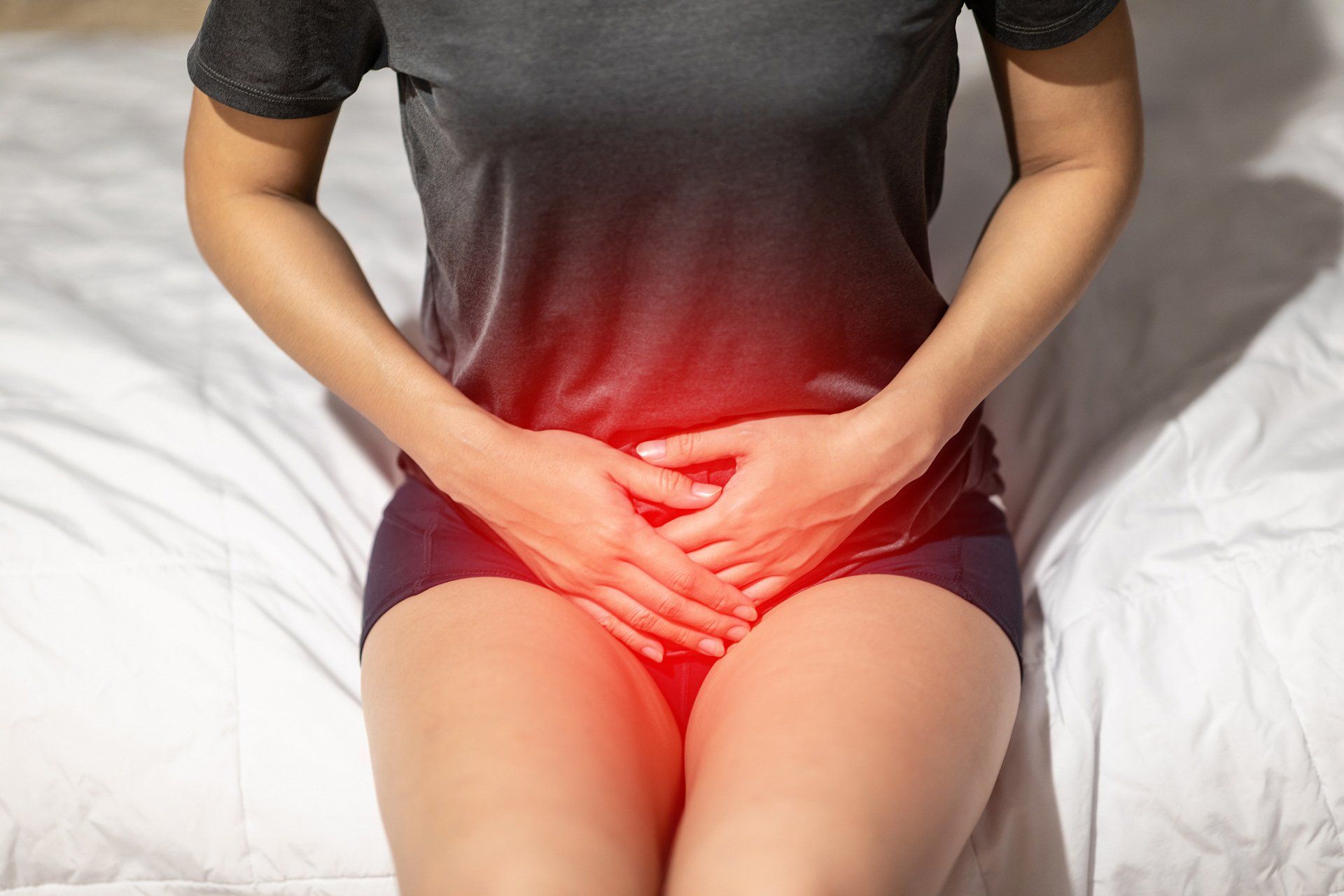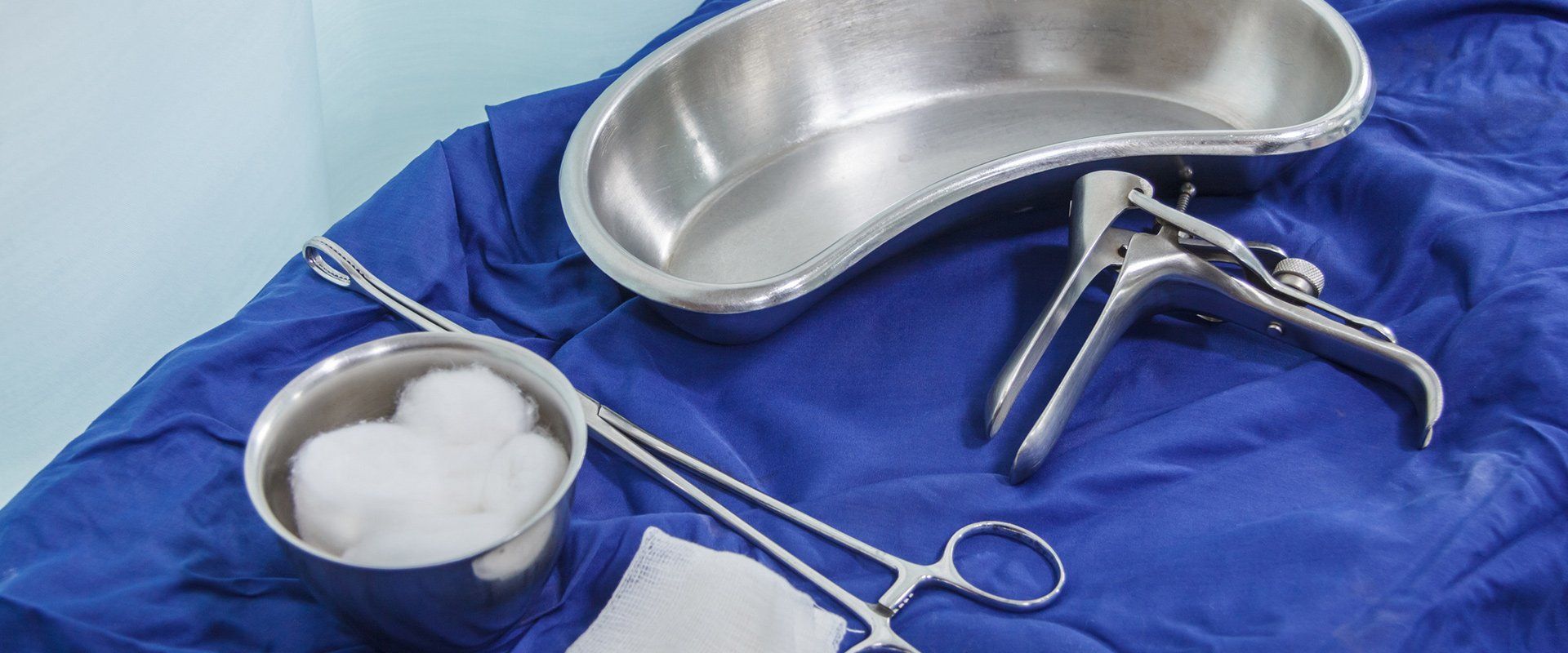What is Endometriosis?
Endometriosis is the presence of endometrial-like cells or glands outside of the uterus. Endometrial cells line the uterus or womb and are shed during each menstrual cycle. Endometriosis is most commonly found in the pelvis or lower genital tract; however, lesions can be present almost anywhere in the body, even in the lungs! The most common symptoms of endometriosis are painful menstrual cycles, non-menstrual pelvic pain, painful intercourse, bowel changes such as diarrhea or constipation with menses, heavy or irregular bleeding, bloating, nausea and vomiting and urinary symptoms such as painful urination, frequent urination or recurrent urinary tract infections.
Endometriosis is not uncommon, affecting approximately 1 in 10 reproductive age women (#1in10). Studies have shown that obtaining a diagnosis of endometriosis can take up to 6 to 10 years and patients frequently see several health care providers (HCPs) prior to obtaining a diagnosis. There have been studies showing that approximately 50% of patients saw more than 3 HCPs before obtaining a diagnosis and approximately 20% saw more than 5 HCPs before obtaining a diagnosis! Why is endometriosis so difficult to diagnosis and why does it take so long? Well, there are several reasons. For the endometriosis patient, painful menses have been present since the start of their menstrual cycle and the patient has become accustomed to the pain associated with endometriosis. Frequently, family members or society in general “normalize” endometriosis pain and attribute the pain to “normal female pain” that the patient should just “deal with.” Due to the complexity of the disease and multitude of symptoms, patients commonly have a difficult time explaining their symptoms to their HCP. Further, many HCPs tend to attribute severe dysmenorrhea to normal pain of the menstrual cycle. There are no diagnostic laboratory markers for endometriosis and the most common diagnostic tool in gynecology is a pelvic ultrasound that is most commonly normal with endometriosis!
The first step in treating endometriosis is recognition of endometriosis symptoms. As mentioned above, 1 in 10 women suffer from endometriosis. Do you have symptoms or know someone that have symptoms of endometriosis that are mentioned above? If so, talk to your health care provider or come to Women’s Health Partner’s and ask, “Do you think I have endometriosis?”













